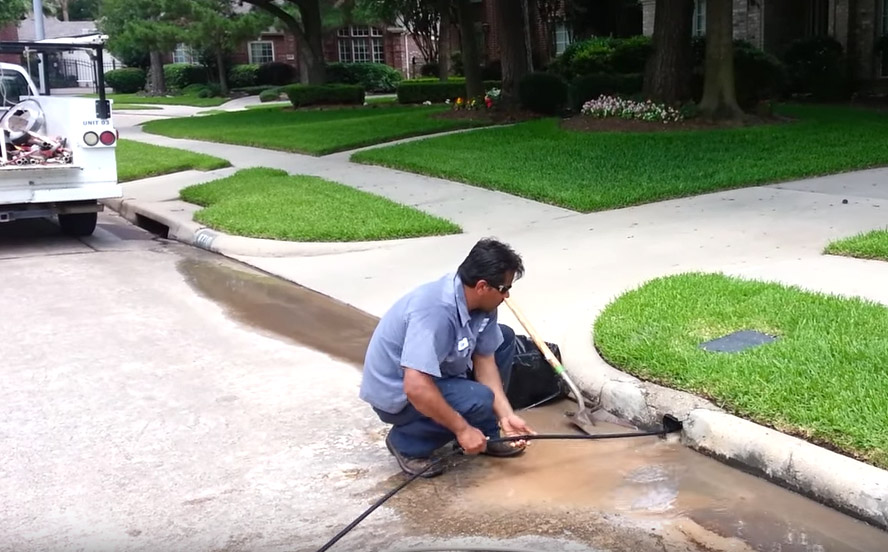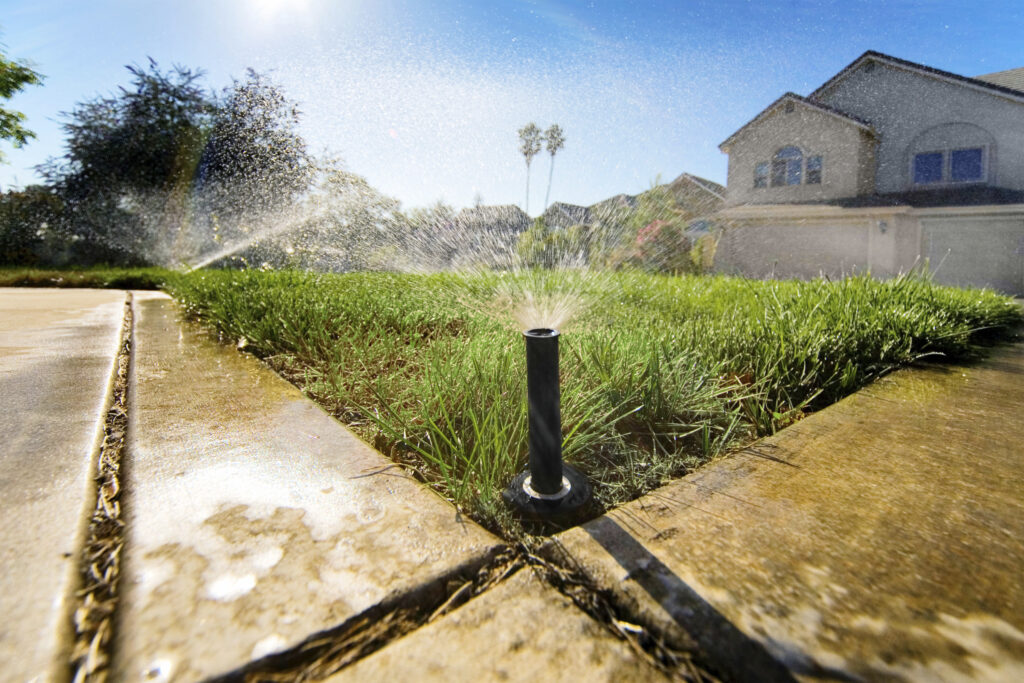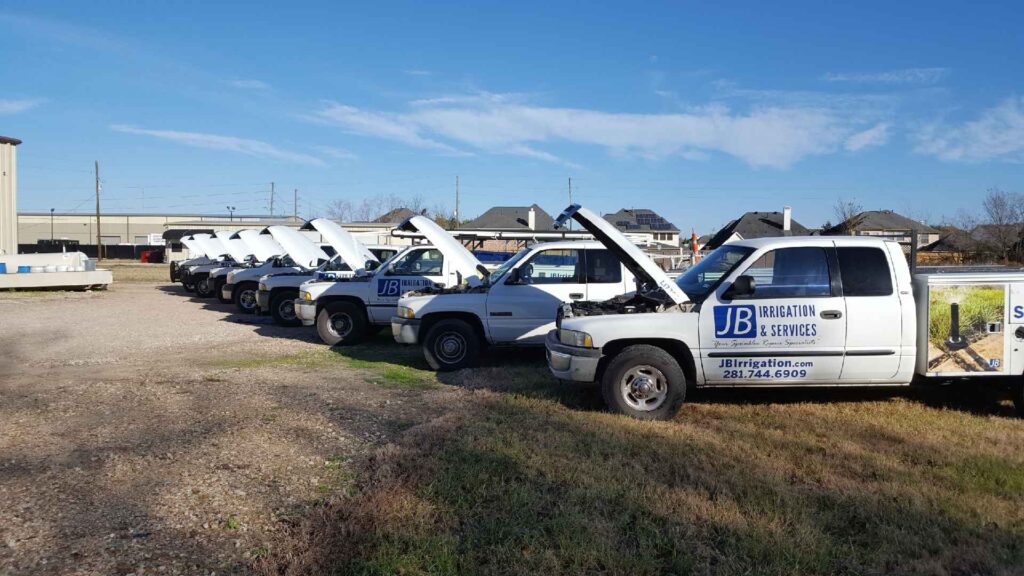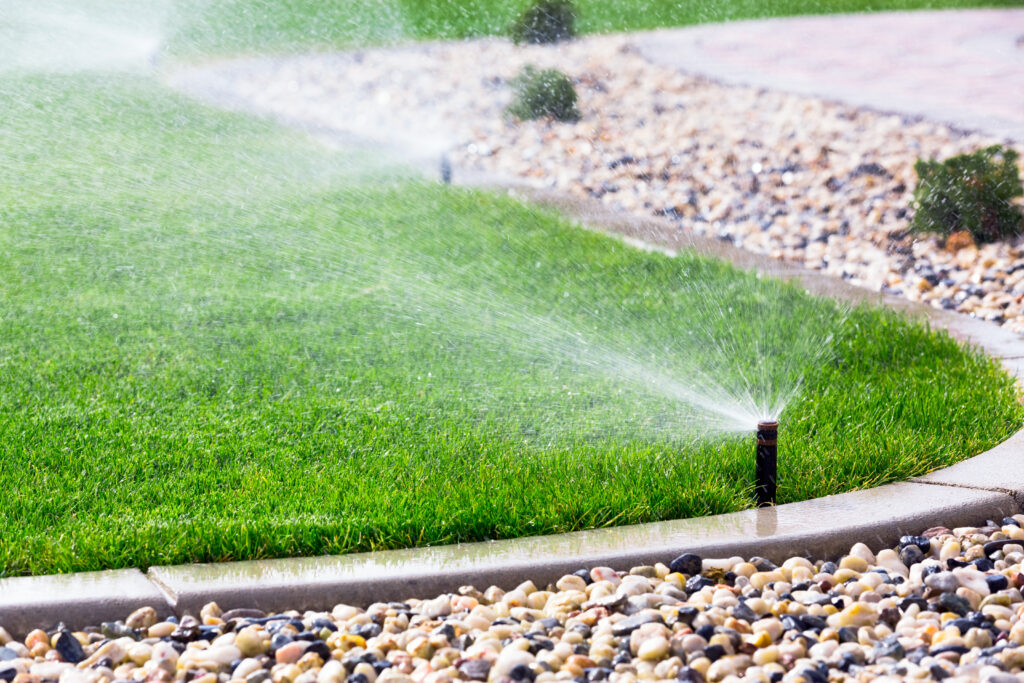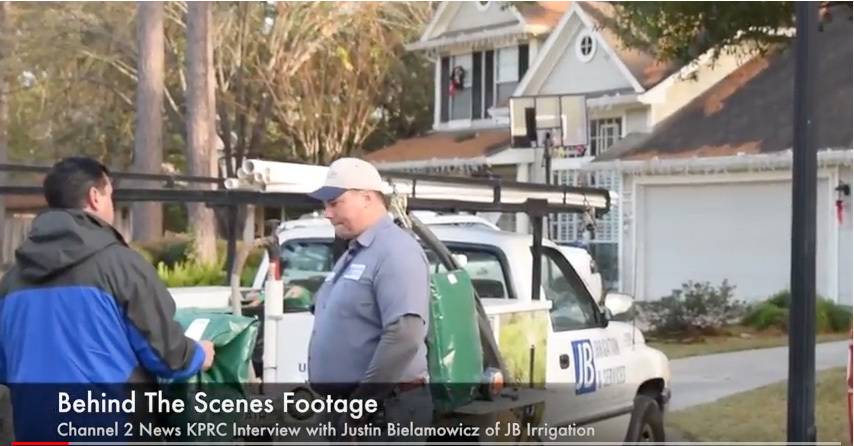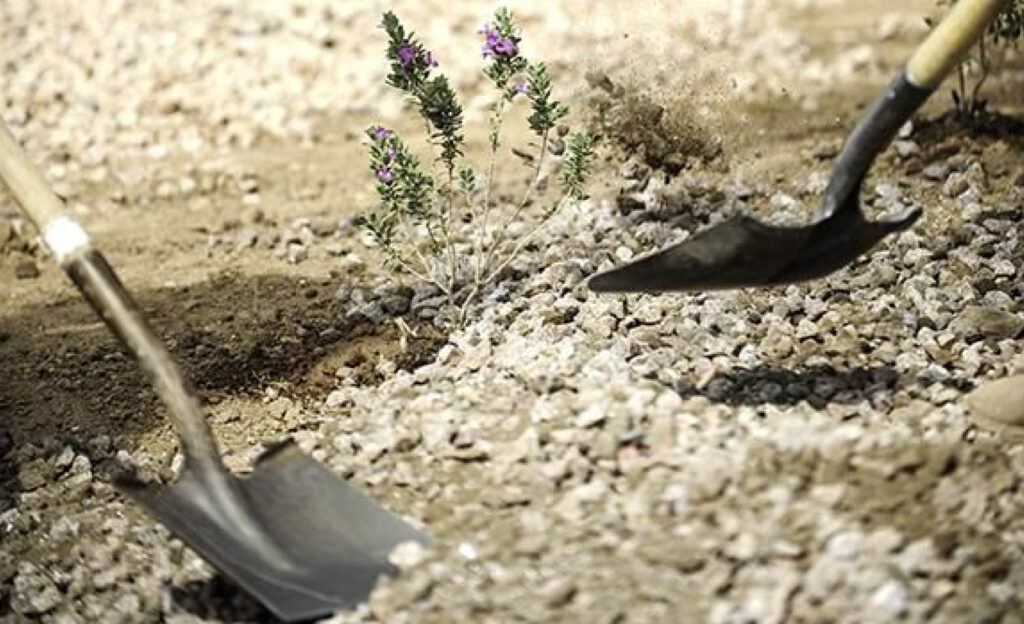News and Information
Do You Have Slow Or Clogged Yard Drains? Here’s How To Fix Them.
Yard drains and driveway drains help remove rainwater from your property into the storm sewer or other drainage system like a catch basin or French drain to help keep your yard dry. Check for obvious things blocking the drain like leaves, dirt, stones, toys, trash, etc. Remove any of these items that may be present…
Read MoreHow do I start up my sprinkler system this season?
Spring start up can be easily done by following these steps. 1. Turn on the water supply. 2. Activate each station on the system with the controller 3. Walk through each station to verify the proper operation 4. Program the controller for automatic operation 5. Verify weather sensor is operational The first step is to…
Read MoreWorking Hard, Dirty, And Late For Our Customers!
JB Irrigation Techs were literally up to their knees in mud repairing this broken irrigation main pressure line. They had to fight the tree roots too. They stuck with it and got it fixed for our customer! Thanks for staying late on a Friday guys!
Read MoreGetting Our Fleet Ready For Your Sprinkler System Service Calls – Oil Change And Fleet Maintenance Days At JB Irrigation
The weather has been rainy, cold and damp. You’re probably not thinking of Irrigation. We are! We are getting ready for you! Check out behind the scenes here at the JB Irrigation yard where we are getting our trucks ready so we can service your sprinkler system this season!
Read MoreIt’s Not Too Early to Prep for Spring Drainage…Prevent Future Flood Damage
Before preparing your landscape for hibernation this winter, take a look at your lawn and landscape drainage. Installing or repairing the landscape drainage will prevent any potential problems with flooding or excessive water when spring rolls around. Here are four drainage issues to look out for: Evaluate your yard First things first, you will need…
Read MoreMaintain & Upgrade Your System
Irrigation systems need regular maintenance to keep them working efficiently year after year. Damage from lawn equipment or improper winterization can cause leaks and other serious problems. Inspect your system monthly. Check for leaks, broken or clogged sprinkler heads, and other problems. Clean clogged screens and micro-irrigation filters as needed. Adjust sprinkler heads. Remove or…
Read MoreYou Can Help Conserve Water
A typical morning routine involves a shower, cup of water, and the flow of a faucet. Many of us don’t think twice about our water usage until we’re confronted with circumstances such as drought or a water crisis. Only 2.5% of the water on earth is fresh. As a result, we must actively protect this…
Read MoreBehind The Scenes Footage – KPRC Channel 2 News Freeze Protection Interview
When local media is covering a severe weather threat, like the hard freeze that Houston recently experienced, news reporters frequently reach out to JB Irrigation owner Justin Bielamowicz for expert advice. This short clip shown above is just a brief look at the hours pent with KPRC news reporters covering the freeze. Important sprinkler freeze…
Read More4 Tips to Keep Your Landscaping Tools In Top Shape
With Springtime closing in quickly, it’s time to check if we have the tools ready to clean up that freeze damaged landscape! Here is some tips for our customers: While tools are essential to completing any job, tool maintenance can be easy to forget. However, regular maintenance can help preserve the integrity and effectiveness of…
Read MoreJB Irrigation Interviewed on Channel 2 News About Freeze Preparation
HOUSTON Channel 2 News – Justin Bielamowicz does not pull any punches when it comes to what is in store in the coming days,:“It’s going to a pretty bad one as far as what the forecast says.” Bielamowicz, the owner of JB Irrigation, has one message for property owners in the coming days. “Any outside…
Read More